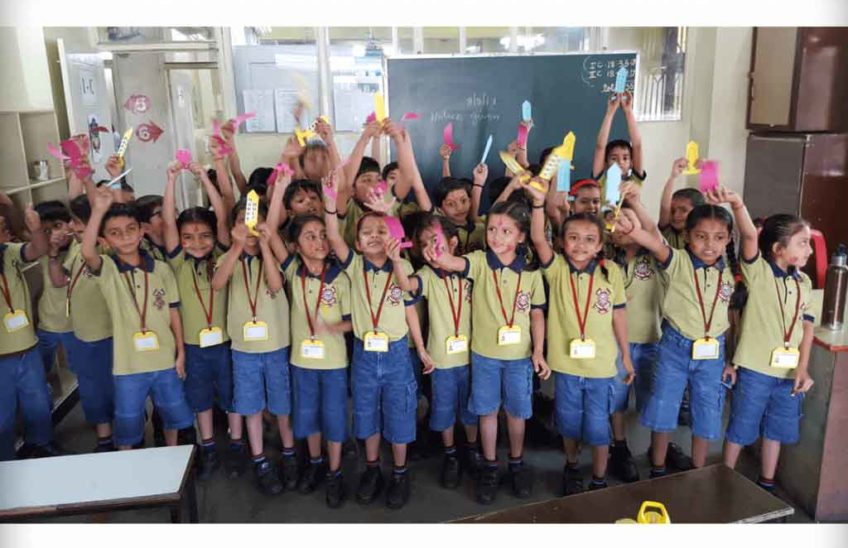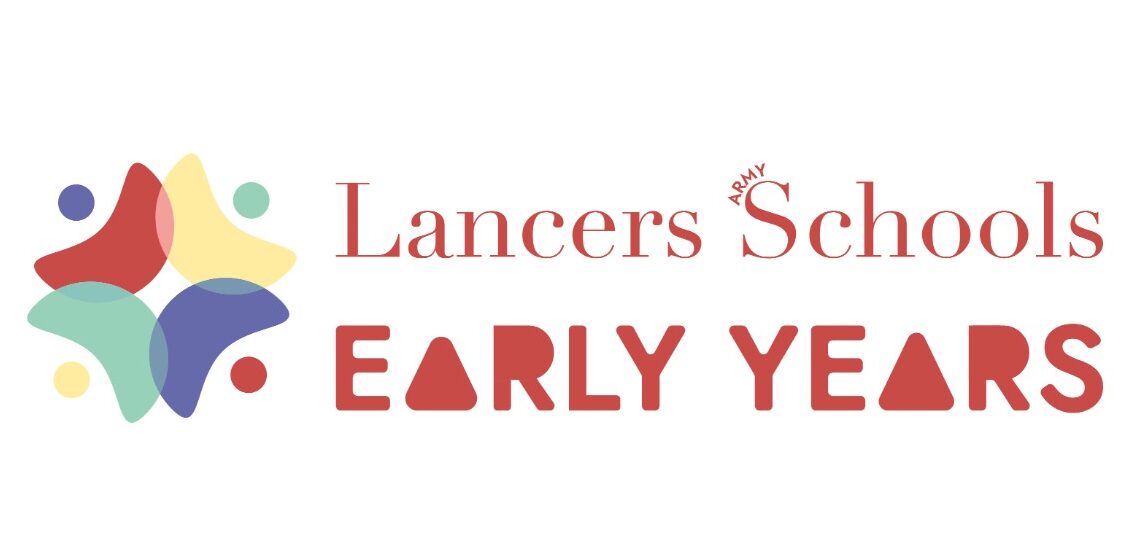
When choosing the right preschool, parents should consider several key factors to ensure their child receives a quality early education. It’s essential to look for preschools In Gujarat, that offer a well-rounded preschool education, including a curriculum that fosters cognitive, emotional, and social development. Also, you should evaluate the teachers, concerning their competence, the adoption of the proper measures of sanitation and safety, and the learning environment. A Center based preschool that will involve parent hence notice the child by offering them quality environment in which the child can grow.
How Important is a Preschool’s Curriculum and Teaching Style?
The curriculum and teaching style of a preschool are critical factors in determining its effectiveness and suitability for young learners. The best pre-primary schools design their curricula to cater to the developmental needs of children, from which, they would distinguish skills such as language, numeracy, and social interaction skills as fundamentals. When working with children, effective curriculum include structured and healthy meals, along with versatile activities to enhance the child’s cognitive and emotional development..
Ordering and presenting of knowledge is equally important as it determines child’s attitude towards lessons and interpersonal relationships. Some of the features, which need to be clearly distinguished in the process of choosing the pre-primary schools, are the methods of teaching, which promote activity and exploration. A best practice shown in the lesson is that teachers should combine the elements of structured and unstructured play, such as involving manipulatives and different types of instructions.
How Does the Preschool Communicate With Parents?
Effective communication between a preschool and parents is vital for ensuring a collaborative approach to a child’s early education. For a preschool in Surat, clear and consistent communication can include regular updates on a child’s achievement, conduct and developmental phase. A lot of preschools regularly involve parents through meetings, written and/or electronic means like newsletters, social media, etc.
Also, a good preschool in Surat follows the practice of parent-teacher communication and welcomes feedback from the parents. This it can be in form of parent meetings, friendly assemblies, and volunteering activities that enables parents to be a part of the preschool. Preschool’s clear and timely communication practice plays an important role in developing successful working relationships with the families, which in turn contributes to the improved academic experience of children.
What Qualifications Should Preschool Teachers Have?
In the best pre-nursery schools in Surat, preschool teachers should possess a blend of formal qualifications and practical experience to effectively support early childhood development. A good teacher should possess a degree in Early Childhood Education or any other related degree in education to be aware of child development phases as well as educational theories. Furthering education to child psychology or in special education is recommendable since it arm teachers with skills in moderating learning to suit the learner’s needs. Another necessary qualification is the practical experience as well as the experience with similar educational establishments as the earlier work in this environment allows gaining the practical experience in leading the class and implementing the program and curriculums.
However, other essential characteristics that should be possessed by the preschool teachers include; patience, creativity, and good communication skills in addition to academic qualification. Elite pre-nursery schools in Surat pay a lot of attention to the qualifications of educators who have strong abilities in turning learning activities into playful ones. Teachers should be in a position to organize and implement age proper developmental activities that provokes a child’s curiosity. .
What Facilities and Resources Does the Preschool Offer?
In this case, the features of a preschool of crucial significance to the goals of the assessment include the kind of facilities and resources offered to the students. Ideally every preschool center must contain sophisticated facilities which consist of clean environment that is safe for children, well-fitted and safe furniture for the children and play equipment that elicits action and fun for the children. It is preferred that the classrooms should be well equipped for learning by offering different types of learning activities for children accompanied with toys, books, and other educational materials for cognitive and social related development.
Besides, implementation of the principles of accessibility to specialized resources promotes the preschool’s educational activity. This may comprise of items like interactive whiteboards or tablets that help in teaching digital literacy and interactive lessons among the learners. Preschools should also include objects that encourage one to be creative, which include; art equipment, music instruments, and Calming/ Sensory objects. A resource center stocked with appropriate learning tools as well as a collection of children’s books in the school library will also complement the learning process.
Frequently Asked Questions
Q1.How important is the teaching style at a preschool?
A. The manner of disseminating knowledge in a preschool is very important as it determines children’s perception of learning. Good learning-teaching practices combine on the one hand, planned activities, on the other hand, free play, which enhances students’ creativity, involvement, and development.
Q2.What facilities and resources should a good preschool offer?
A. Every good preschool should have a safe environment for the children, teaching aids-furnitures, toys, play ground and educational materials such as books and stationery to suit the Ages of the children enrolled for preschool.
Q3.What to look for in a preschool’s curriculum?
A. Search for a constructive curriculum that delivers cognitive, social, and emotional development, teaching activities relevant to the learners’ age; stability; and a priority on the language, numeracy, and creative abilities.

